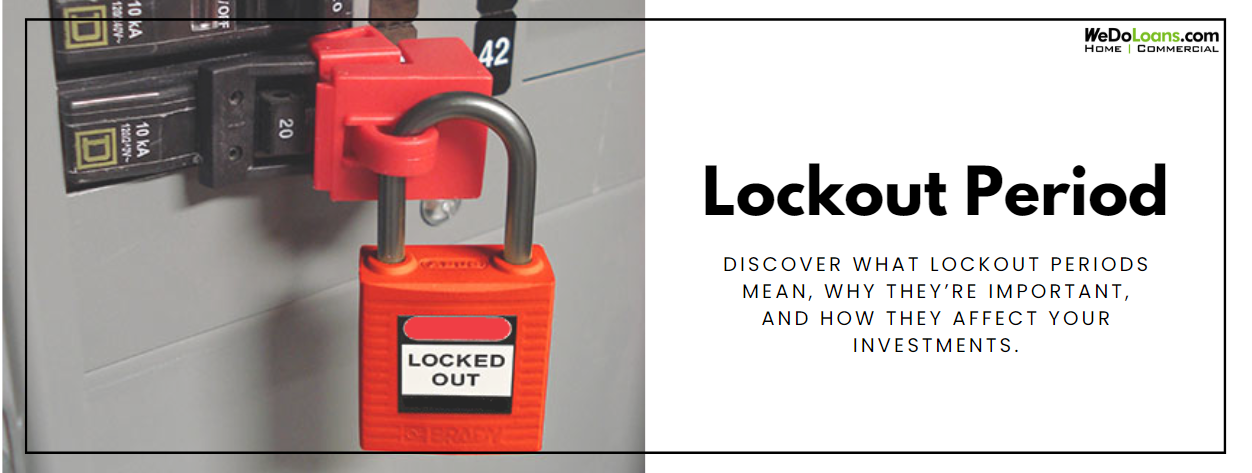
A lockout period in commercial real estate is a predetermined duration post-loan origination during which prepayment of the loan is prohibited. Embedded within the loan contract, lockout periods can sometimes be negotiated. As these periods differ across institutions, it is crucial for investors to understand their implications on financial planning.
The Significance of Lockout Periods in Financing
In commercial real estate, a lockout period serves as a deterrent against early loan repayment. If an investor decides to pay off the loan during this period, a penalty is incurred. This poses a critical decision for borrowers: is it financially sensible to incur a penalty to refinance or settle the loan early?
For lenders, lockout periods ensure a predicted yield from the loans, protecting their financial interests. These are not upfront costs but are penalties applied only if the loan is prepaid. Despite their importance, lockout periods are often overlooked in loan comparisons. Some lenders may implement extended lockout periods, which could hinder the ability to refinance.
From the lender’s perspective, these periods safeguard their lending capabilities, while from an investor’s angle, they can be seen as limiting.
Legal and Strategic Implications of Lockout Periods
Lockout periods carry legal weight, barring the sale or refinancing of the property during the stipulated timeframe without facing significant penalties. Neglecting these penalties can lead to legal repercussions.
The volatile nature of commercial real estate finance, influenced by fluctuations in interest rates and economic conditions, encourages the use of lockout periods. They help lenders mitigate the risk of borrowers securing cheaper financing shortly after obtaining a loan, especially when interest rates are expected to decrease.
Duration and Variability of Lockout Periods
Typical durations for lockout periods range from six months to several years, with some extending over the entire loan term. There is no standard duration, making it a crucial consideration for loan selection.
Different lenders may implement various forms of lockout strategies. For example, a step-down lockout reduces the prepayment penalty over time, potentially lessening the financial burden on the borrower.
Borrower Considerations and Alternatives
Lockout periods impose significant restrictions on borrowers, limiting their ability to sell or refinance during the period. This can be particularly challenging if a lucrative opportunity arises or if unfavorable market conditions affect the property’s profitability.
The restrictive nature of lockout periods means that borrowers cannot capitalize on falling interest rates, which might otherwise result in substantial savings.
Exploring Alternatives and Negotiating Terms
Borrowers might negotiate more favorable terms or explore alternative financing options without lockout periods. The ability to negotiate depends on market conditions and borrower qualifications. Bridge loans, for example, typically have shorter or no lockout periods, suitable for short-term financing needs.
Conclusion: Weighing the Impact of Lockout Periods
Lockout periods are a critical, albeit potentially restrictive, feature of commercial real estate loans. Investors should thoroughly assess the implications of these terms and explore alternatives without such constraints to ensure flexibility and maximize financial outcomes.
